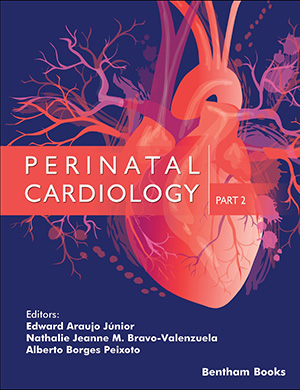Abstract
SHS investigation development is considered from the geographical and historical viewpoint. 3 stages are described. Within Stage 1 the work was carried out in the Department of the Institute of Chemical Physics in Chernogolovka where the scientific discovery had been made. At Stage 2 the interest to SHS arose in different cities and towns of the former USSR. Within Stage 3 SHS entered the international scene. Now SHS processes and products are being studied in more than 50 countries.
Abstract
Extracardiac malformations (ECMs) and chromosomal abnormalities are common in fetuses with some congenital heart defects (CHD). The frequency and type of ECMs and chromosomal abnormalities vary according to the type of CHD and the studied population. The detection rate of CHD and ECMs depends on the first-trimester screening through nuchal translucence (NT) measurement, second trimester anomaly scan, and fetal echocardiography. The CHDs most frequently associated with ECMs are atrioventricular septal defect (AVSD), ventricular septal defect (VSD), tetralogy of Fallot (TOF), hypoplastic left heart syndrome (HLHS), tricuspid atresia (TA), aortic arch, coarctation of the aorta (CoA) and interruption of the aortic arch (IAA). Conversely, the association of ECMs and chromosomal abnormalities with the transposition of the great arteries (TGA) is low. CHD such as: Ebstein's anomaly, left ventricular outflow tract obstruction (aortic stenosis) and obstruction of the right ventricular outflow tract (atresia and pulmonary stenosis) are associated with extremely low ECMs and chromosomal abnormalities, and are limited to a few sporadic cases.
Keywords:
Chromosomal abnormalities, Congenital heart defects, Genetic syndromes, Non-cardiac anomalies.
Recommended Chapters
We recommend

Authors:Bentham Science Books






